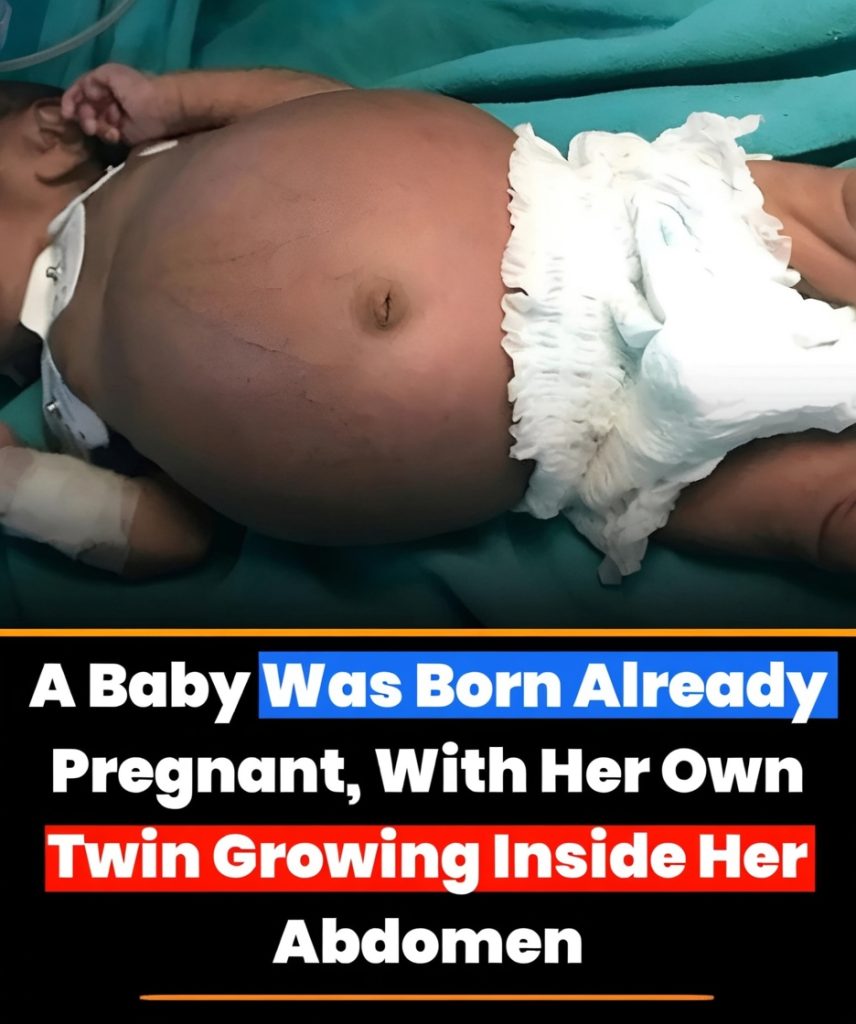In an extraordinary and rare medical case reported in Hong Kong, doctors discovered a condition known as fetus in fetu after delivering a newborn who appeared perfectly healthy — until an unexpected mass was detected inside the infant’s abdomen. Upon further examination, surgeons realized the baby had absorbed its own undeveloped twin while still in the womb, a phenomenon so rare that only around 200 cases have ever been recorded globally.
The rare condition occurs when, during early stages of pregnancy, one twin envelops the other, halting the underdeveloped twin’s growth and trapping it inside the surviving sibling’s body. In this Hong Kong case, the mass exhibited spinal structures and limb-like features, indicating that the twin had started to form before development was disrupted. Medical imaging prior to birth showed a strange growth, prompting the medical team to act quickly after delivery.
The surgical team at Queen Elizabeth Hospital performed an operation shortly after birth to remove the parasitic twin. The mass was carefully extracted and examined. It revealed several human-like anatomical features, such as partially formed bones, including a spine and possibly limb buds. The surgery was a success, and doctors reported that the baby recovered remarkably well, with no complications or lasting effects from the procedure.
Experts emphasize that fetus in fetu is not the same as a tumor, despite appearing tumor-like in scans. Instead, it is believed to result from an abnormal embryonic development process, where one twin is enveloped into the body of the other. Though benign, the condition can cause complications if left untreated, especially due to pressure the mass may exert on internal organs.
Cases like these continue to fascinate and challenge the medical community. The Hong Kong case has been widely shared in the media, including by NBC News, for its rarity and the successful outcome. It highlights the remarkable advances in prenatal imaging, pediatric surgery, and neonatal care that make life-saving interventions like this possible.






